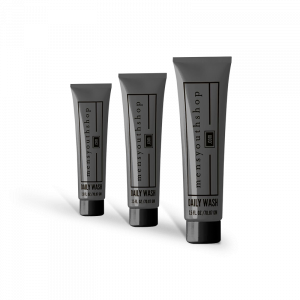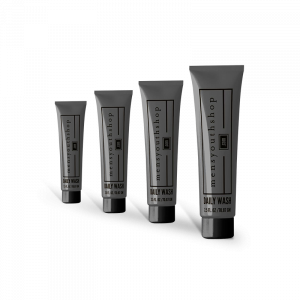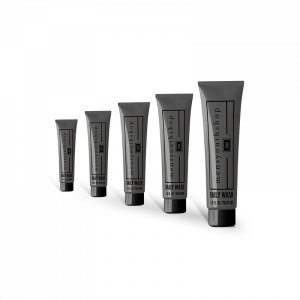Menu

It’s not good. (But there is a way to catch a buzz without ruining your face.)
By Adam Hurly
Every mirror-conscious binge drinker has noticed a correlation between his thirstier nights and obnoxious pimples a day or two later. That and a general sense of the skin having turned into parchment overnight—dry to the point of scaly.
So, what exactly is happening to the skin when you drink so much? Why is the body processing alcohol differently than it would water, leaving you dehydrated and red in the face? We had these questions, so we called in the help of a pro: Dr. Amy Spizuoco of Greenwich Village Dermatology in NYC. Here’s how Spizuoco breaks down alcohol’s affects on your skin:
First, the body metabolizes the alcohol from an enzyme in the liver, which releases a byproduct called acetaldehyde. This byproduct is toxic to body tissues. In turn, body tissues and skin are dehydrated, which Spizuoco says cause premature aging of the skin (like wrinkles). Dry skin is also a stepping stone to post-bingeing breakouts.
The alcohol is meanwhile causing inflammation to bodily tissue, “releasing a histamine that dilates the blood’s capillaries, so that the net effect is redness of the skin.” Spizuoco warns that, when compounded over several years, this redness can be permanent.
And that’s not it!
“Alcohol dilates the pores of the skin, leading to blackheads and whiteheads,” says Spizuoco. “And if is not properly treated, it can go on to cause inflamed skin papules (lesion-like bumps) and cystic acne.” In the long term, this ages the skin and can cause permanent scarring.
Also, and we knew this already, alcohol consumption impairs your sleep and the dehydration compromises the regenerative cycle your body enters while you rest. “This decreases normal cellular turnover and leads to an unhealthy, dull complexion,” Spizuoco says.
Alcohol isn’t the only dehydrator. Caffeine has similar effects on the body. It is also metabolized in the liver, then acts as a diuretic (hence that familiar urge to use the restroom after drinking coffee). Diuretics also dehydrate the body tissues and skin, which in turn leads to wrinkles and premature aging. Caffeine can stress the liver just as aggressively as alcohol, when consumed in such large and frequent quantities.
From the alcohol menu, Spizuoco says that beer may be the most offensive to the skin. “Beer has more additives, such as salts and sugars, which will add more stress on the liver to metabolize, as well as be overly dehydrating,” she says. Similarly, dark liquors have more additives than clear ones. The least harmful to you (note that we aren’t saying “the best for you”) is probably red wine, says Spizuoco. This is because reds contain resveratrol, which acts as an antioxidant for the tissues and skin, and helps rid the body of harmful free radicals.
If you want a pro-skin strategy for your nights out, Spizuoco suggests alternating between a serving of alcohol and a glass of water. Chase one with the other. “This can minimize harmful effects of alcohol on the skin by hydrating the tissues and skin.” She also stresses that eating full meals prior or while drinking will deter the side effects, since some of the alcohol will pass instead through the gastrointestinal system along with the food, so that the two are metabolized in tandem (and thus, side effects aren’t as potent).
 The Basic
The Basic
 The Complete
The Complete
 The Ultimate
The Ultimate
©2021 Mens Youth Shop